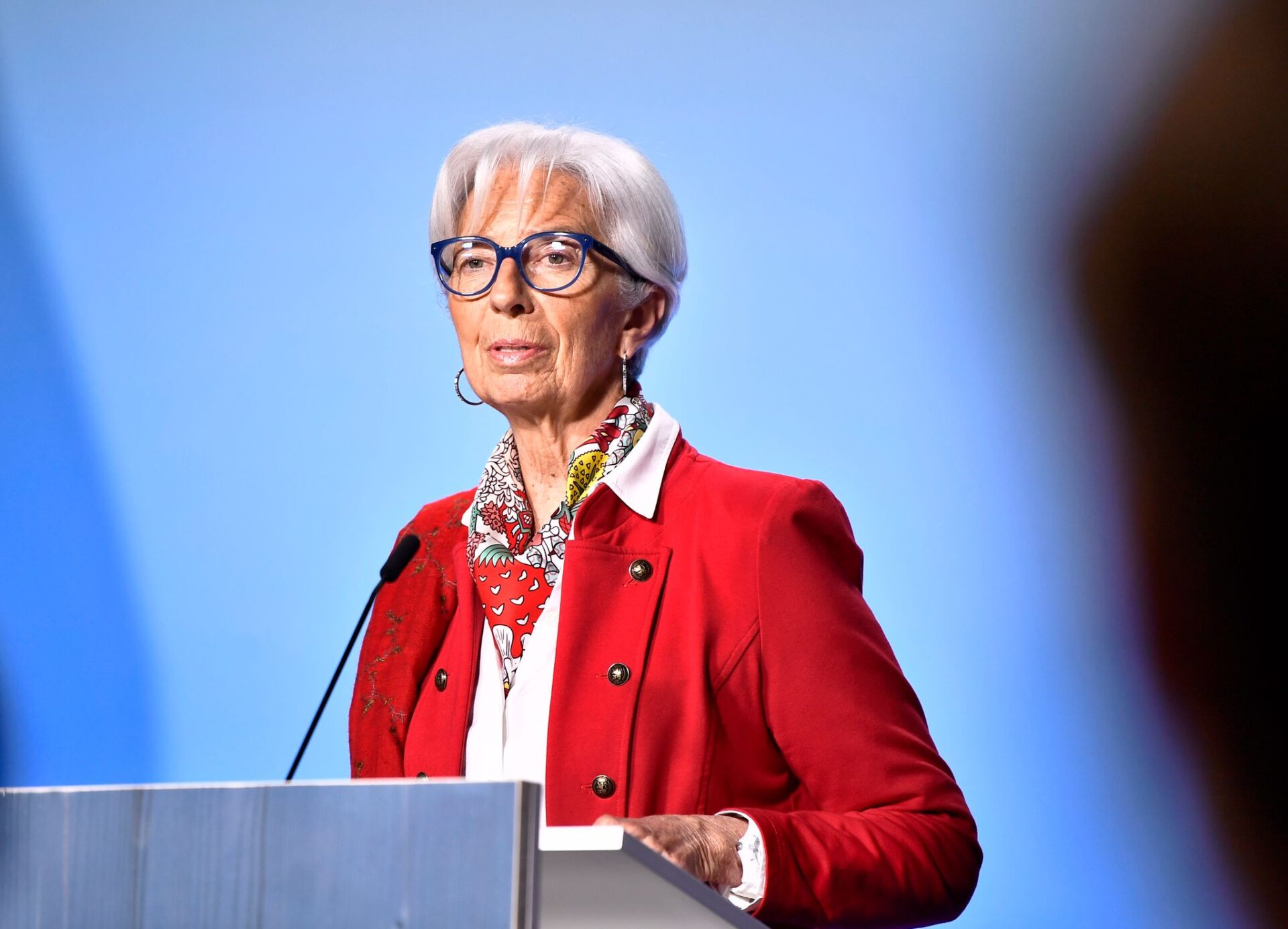Many central banks may ease policy further
The tilt towards easier policy remains very much in place across central banks outside the US. The outlook for Fed policy is more opaque but it does appear that members are minded to continue easing policy.

With only China and Canada retaliating against US tariffs with tariffs of their own,it seems clear that G10 central banks regard tariffs as a deflationary shock, not an inflationary shock. This is not just because other governments are refusing to lift tariffs on the US; it is also down to the fact that policymakers are girding for a diversion of exports away from the US. China, in particular, but other Asian countries as well, could divert US-bound exports to other countries and so add to deflationary pressure in Europe and elsewhere.
Of course, many other countries have been levying tariffs on China as well but these have tended to be targeted tariffs, such as those on electric vehicles by the European Union, rather than the blanket tariffs imposed by the US. An additional deflationary force will likely come from the slowdown in the US economy and the weakness of the dollar.
In all, Steven Barrow, Head of Standard Bank G10 Strategy suspects that central banks in the G10 region are likely to ease policy further and generally cut rates by more than the market is anticipating. Of course, the US could be somewhat different and we do have to remember that the Bank of Japan is going in the opposite direction. It is the next G10 central bank to meet although its Thursday get-together is not expected to see any policy move. Indeed, the market is reticent to price in any further hikes this year unless, that is, the BoJ were to revert back to smaller 10-bps hikes which seems unlikely in our view.
Steven Barrow feels that the BoJ can hike again this year, not least because inflationary pressure persists and the Bank is signalling that rates will rise as long as inflation is on course to hit the 2% target for underlying price growth. We think this is still in reach in spite of the disruption caused by US tariffs. In fact, it seems as if Japan could be one of the countries to achieve the earliest trade-deal breakthroughs with the US; something that could hold the tariff rate down at 10% and avoid a reversion to the original level of 24% announced on April 2nd .
Many other central banks have spent time trying to work out whether the tariffs represent a deflationary or inflationary shock and all seem to have concluded that the bigger risk is of a fall in inflation. Add this to the threat of weaker growth and the consequence should be more policy easing.
Many analysts look for the ECB and the Bank of England to cut rates at their next meetings and believe that the Bank of Canada will ease again after it stalled last time out. The Reserve Bank of New Zealand should ease further and, while the Reserve Bank of Australia has consistently been cautious about policy easing, Steven Barrow thinks this is out of place with the threats the country faces.
The Federal Reserve is arguably the hardest to predict given the clear stagflationary implications of tariffs for the country. The growth side of this equation should be clearer when we see the big drop in the GDP growth rate for Q1. The market looks for an annualised increase of just 0.4% in Thursday’s release, while Friday’s non-farm payroll median prediction of 125k in April after 228k in March is expected to reveal signs of a possible ‘sudden stop’ in hiring until the dust finally settles on tariffs.
So far, hard data is not showing any signs of higher prices but this is bound to come; particularly if shortages start to develop because foreign exporters to the US have been reticent to make shipments on account of tariff uncertainty. All of this leaves the Fed in a bind and one that’s exacerbated, of course, by President Trump’s attacks on Fed Chair Powell.
A number of regional Fed presidents, and one Governor (Waller) hinted that they are still more disposed towards easing policy, and possibly soon if the economy implodes and the unemployment rate surges. The market continues to be priced for the Fed to ease from June but we think that this is too early. “We think that the Fed will only start to ease from the end of the year although we don’t doubt that the Bank will ease far sooner if the bottom falls out of the US economy”, said Steven Barrow.








